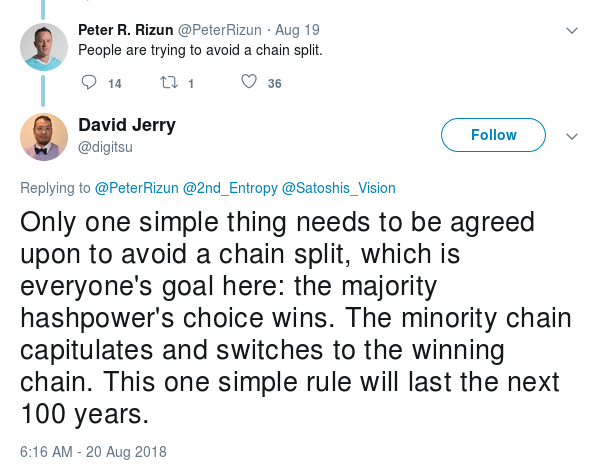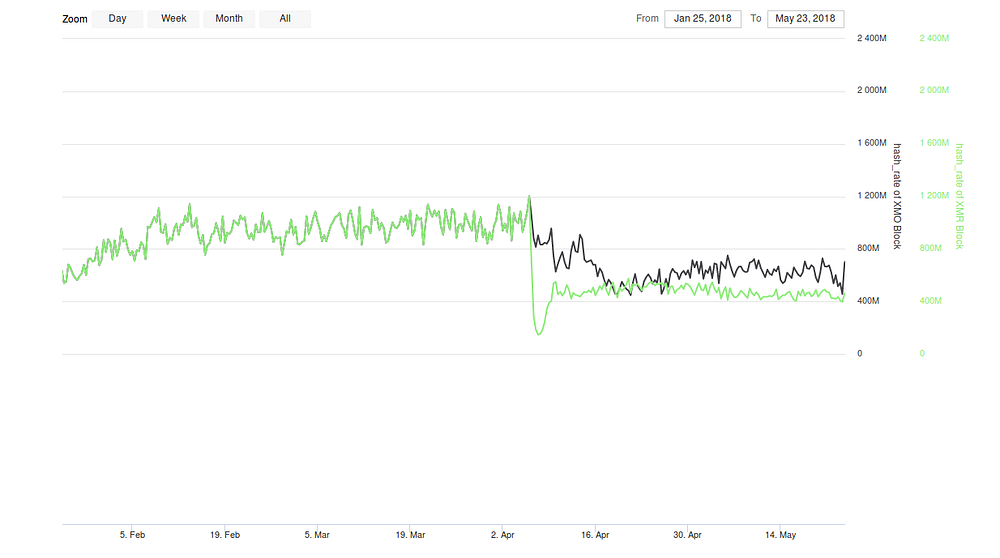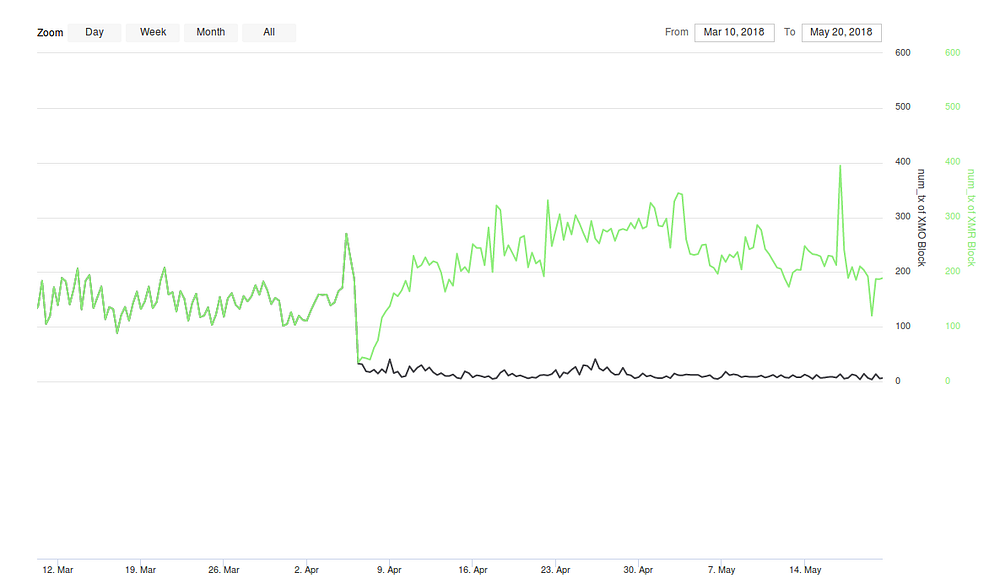Craig
“Faketoshi” Wright and Bitcoin SV is running a variant of the Nigerian
scam. Nigerian scams work because “by sending an email that repels all
but the most gullible, the scammer gets the most promising marks to
self-select, and tilts the true to false positive ratio in his favor.”
[Cormac Herley, “Why do Nigerian Scammers Say They are From Nigeria”].
In other words, Nigerian scams work because it is a hyper efficient
idiot finder. Only an idiot would engage with such a preposterous claim
regarding a Nigerian prince. Most people will just ignore it, and this
is good for the scammer because the scammer does not have to waste time
engaging people with brains. Imagine if you were a scammer and you sent
out a million emails. You don’t want to waste time corresponding with
hundreds of people with normal intelligence, you want to find the
stupidest of the bunch.
Craig
Wright is basically a Nigerian prince (or as per the title of this
article, a Nigerian Nakamoto). Only an idiot will actually believe that
someone like Craig is Satoshi. He is in fact the exact opposite of
Satoshi. A patent trolling, plagiarizer who uses 4chan insults and technobabble.
 |
| So called creator of Bitcoin rallying against soy boy committees |
It
would be a mistake however to believe that Faketoshi himself is an
idiot, he is not. He is merely playing a character that attracts
gullible idiots. Craig was smart to position himself into the Bitcoin
Cash crowd because he correctly deduced that they had the right
combination of gullibility and liquidity. He saw that they were eating
up ridiculous conspiracy theories that revolved around Blockstream. It
would not be that hard to convince them that he was Satoshi, especially
if he was on their side of the fight against Bitcoin. I suspect that
people in leadership position within Bitcoin Cash like Roger Ver were
smart enough to know that Craig was a fraud. However, they were morally
bankrupt enough and too short sighted to reject him because they thought
that he was on their side. I’m surprised that Ver has so far received
almost no backlash from the ABC camp from this ordeal. He 100% enabled
the SV camp from gaining credibility within Bitcoin Cash. If you are a
Bitcoin Cash conspiracy theorist who believe everyone is a Blockstream
plant, you have to wonder whether Roger Ver himself isn’t a Blockstream
plant.
 |
| Roger Ver sharing a drink with SV |
Once
Craig gained credibility within Bitcoin Cash, the next step was to
splinter off the chain into Bitcoin SV. This step is equivalent to the
phase where the Nigerian prince gives you a bank account number to wire
the money to. With the financial backing of billionaire and online
casino mogul Calvin Ayre, Bitcoin SV was created. Before and during the
chain split, SV made a lot of noise regarding a hashwar where they
threatened to 51% attack the ABC chain. Many people
took the bait and believed that there would only be one chain that
would remain after the split. However, this was all just a marketing
ploy to give legitimacy to SV.
SV
would gain nothing and probably lose by engaging in a hashwar against
ABC which has the backing of mining giant Bitmain. What SV wanted was
for the stupidest people within Bitcoin Cash to self select themselves
onto a chain where they have 100% control. The next step is obvious.
Once they have total control on the chain containing a bunch of stupid
people that are members of the cult of Faketoshi, they are free to do
whatever they want. Faketoshi has already hinted that they were going to
be stealing burned coins,
by changing the code to interpret them as miner rewards. There are also
other creative ways to make money, especially if you control both the
software development and mining on the chain. Bitmain showed that such a
scheme was possible with their implementation of ASICBoost.
I would also not be surprised if they decided to implement some
inflationary scheme that enriches their own wallets at some point in the
future.
I
think the mastermind behind this idea can be traced to Calvin Ayre, who
made his money running online casinos. He sees the blockchain as a
poker table. And there’s two sure fire ways of making money in poker and
that is a) to make sure you are the house and b) that you are always
playing against terrible poker players. POW mining is like a game of
chance after all. Being able to fully control the software development
enables you to be the “house” and set the rules of the game. Kicking out
Bitmain into their own chain also allows them to be the biggest player
on the table. Now the only task remaining is to steadily dump the newly
minted SV coins. I suspect that SV will be very good at doing this
because the crypto market is mostly just a large unregulated online
market for people to gamble their excess money away. Calvin Ayre is an
expert in that market, and Faketoshi gave him the best customers.



